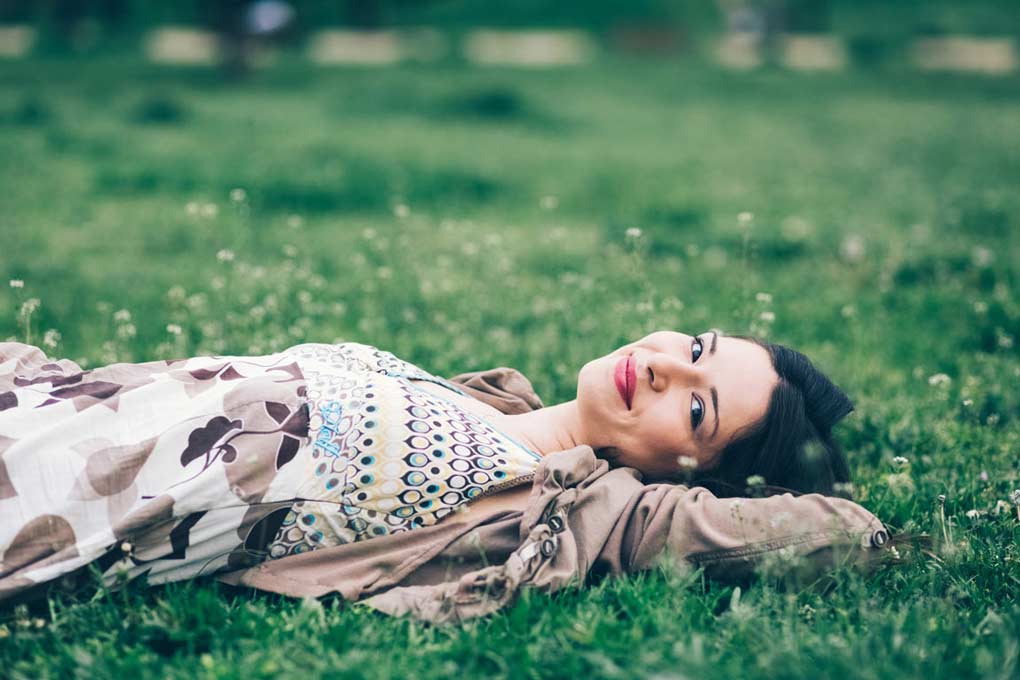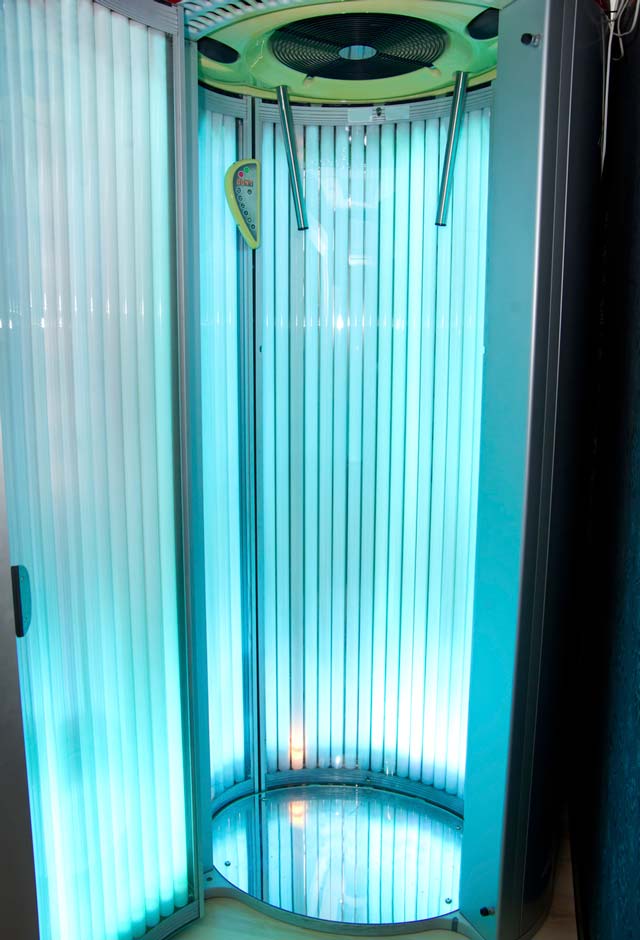Phototherapy for Alopecia Areata

A variety of phototherapy treatment options may help people with thinning hair, including common male balding, female pattern hair loss, and alopecia areata hair loss.
These include:(28, 132, 136, 435)
- Combination therapy involving light-sensitizing oral medication and ultraviolet radiation.
- Combination therapy involving topical light-sensitizing liquid and ultraviolet radiation.
- Excimer laser therapy.
- Low-level laser therapy (LLLT), including devices (such as HairMax LaserComb®) that can be used at home.

|
PHOTOTHERAPY MEDICAL TREATMENT OPTIONS FOR |
||
|---|---|---|
| AGENT | HOW IT WORKS EVIDENCE OF BENEFIT SIDE EFFECTS RECOMMENDED |
DOSAGE OR USE |
| Psoralen with ultraviolet A radiation (PUVA) |

Question: What are psoralen drugs? How does PUVA work in patients with alopecia areata (AA)? Answer: In PUVA therapy, the psoralens used are systemic drugs that sensitize cells to light. When combined with a few minutes of exposure to UVA radiation, they are thought to suppress the immune system. They also inhibit DNA from replicating and stimulate melanin pigmentation.(28, 134) Question: Can PUVA regrow hair in patients with thinning hair from AA? Answer: Large retrospective studies published in 1993 and 1996 suggested that effectiveness of PUVA in stimulating hair regrowth was no better than if the patient was untreated (since alopecia areata typically resolves on its own within a 12 to 18 months). The relapse rate has been reportedly 50-88% in 4-8 months.(121, 130) That said, results of at least one clinical trial shows that PUVA can help about 45% of people with AA significantly regrow hair within 6 months. The success rate of PUVA is comparable to steroid injections, making it a viable treatment option.(436) Question: What are the side effects of PUVA? Answer: PUVA is relatively safe but there may be in increased risk of skin cancer from UVA exposure. Experts recommend a maximum of 200 total lifetime treatment sessions to limit this risk. Reported adverse side effects include:(28, 121)
|
20-40 PUVA treatments at a rate of 2-3 times a week; 3-5 minutes of UVA and 0.6 mg/kg of oral psoralens given 2 hours before each treatment (28, 134) Note: patients need to avoid sunbathing for 24 hours before and after treatment, and use sunscreen after treatment; eye protection must be worn during UVA treatment.(28) Note: be careful not to use topical tea tree oil on the scalp when taking psoralens; it is a potent photosensitizer.(135) |
| PUVAturban |
Question: What is a PUVAturban? How is PUVAturban used for patients with alopecia areata? Answer: PUVAturban therapy is similar to PUVA except that the light-sensitive psoralen drugs are applied topically (diluted liquid solution form) to the scalp, covered with a cotton turban, and left on for 20 minutes and then followed by a few minutes of exposure to UVA radiation.(132) Question: Can PUVAturban regrow hair for patients with AA? Answer: Studies indicate PUVAturban is successful in 70% of patients, lasts longer than PUVA, and has a much lower rate of recurrence than PUVA.(132) Question: What are the side effects of PUVA? Answer: PUVAturban is relatively safe but there may be in increased risk of skin cancer from UVA exposure. Experts recommend a maximum of 200 total lifetime treatment sessions to limit this risk. Reported adverse side effects include:(28, 121)
|
2-3 PUVAturban sessions a week using 8-methoxypsoralen 0.0001% solution(132) Note: patients need to avoid sunbathing for 24 hours before and after treatment, and use sunscreen after treatment; eye protection must be worn during UVA treatment.(28) Note: be careful not to use topical tea tree oil on the scalp when taking psoralens; it is a potent photosensitizer.(135) |
| Excimer Laser Therapy |
Question: What is excimer laser therapy for thinning hair caused by alopecia areata (AA)? Answer: 308 nm laser light therapy uses ultraviolet B light instead of the red to infrared light used in LLLT.(132, 437) Question: Can excimer laser therapy regrow hair in patients with AA? Answer: A clinical trial with 18 patients showed that 72% of treated scalp areas completely regrew hair; two of the patients showed recurrence of alopecia upon follow-up. In a study of nine children (two with alopecia totalis), 60% of scalp lesions regrew hair. At a 6-month follow-up, four of the nine children showed recurrence of the hair loss.(132, 136, 137) Question: What are the side effects of excimer laser therapy? Answer: Eczema (atopic diatheses) is a reported adverse side effect from excimer laser therapy in adults.(136) |
In adults, 2 treatments a week for 24 weeks; in children, twice a week for 12 weeks(136) Note: eye protection must be worn with laser therapy.(79) |
| Low level laser therapy (LLLT) |
Question: What is low level laser therapy (LLLT) for alopecia areata? Answer: LLLT uses infrared or near-infrared light at low wattage to stimulate cell activity in hair follicles. LLLT also reduces inflammation and improves blood circulation near hair follicles.(435) Question: Can low level laser therapy regrow hair in people with alopecia areata (AA)? Answer: Results from 2 small clinical trials showed that low level laser therapy effectively helped regrow hair in some patients with AA.(435) Question: What are the side effects of low level laser therapy? Can laser therapy cause skin cancer? Answer: Reported side effects are generally mild, including headache, skin irritation, itchiness, and reddened skin. Although melanoma was linked to high irradiance and high dose laser therapy in one animal study, no such link between low level laser therapy and abnormal or cancerous skin growths have been found in clinical studies.(435) |
Repeated short doses 1-4 times a week of near-infrared to infrared (600-1000 nm) light at low level energy density is low (10 mW/cm2-5 W/ cm2)(435) |
Although HairMax LaserComb has not been clinically tested for patients with alopecia areata, animal studies suggest it could be useful in treating AA caused by chemotherapy or other stressors. HairMax has been successful used to regrow hair in clinical studies involving patients with other types of thinning hair (including common male balding and female patterned hair loss).(435)
